19:09:17
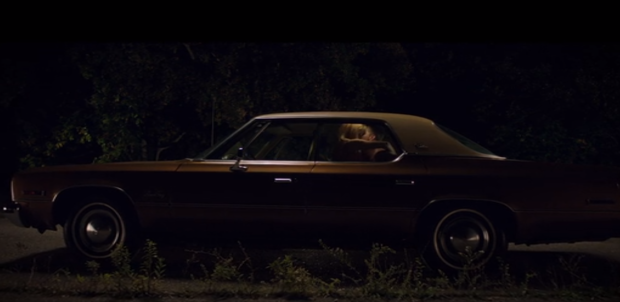
For the first Film Night after the long, long summer break we plumped for a newish American horror film followed by an episode of the vintage television show Scotland Yard, which we will gradually be working our way through as the time progresses.
It Follows (2014) begins in one of those quintessentially American residential suburbs. The lawns all reach down to the pavement, the houses are large and low and there are no dividing walls. It is the world of Halloween and Blue Velvet. A girl is running away from something, but we know not what. Later she’s dead on a beach having been mangled by whatever she was fleeing from. We were waiting for the titles to roll, as this seemed to be the appropriate moment, but they simply didn’t. The name of the movie doesn’t appear until the end credits. A nice and ever so slightly disconcerting move.
Jay, played by Maika Monroe, is smitten with a guy from the far side of town, and after a sexual tryst in a car he informs her that he has passed a curse on to her. She will be followed by walking spirits that will relentlessly pursue her until she too can pass the scourge on.
 It’s easy to see parallels with zombie films in this, as the followers are always slow moving, they never travel faster than walking pace, and it seems bullets can only momentarily slow them down. However the underlying principle of the curse itself, the set of rules governing it and the relentlessness of the apparitions, has definite echoes of modern Asian horrors (The Ring, The Grudge, Dark Water etc.).
It’s easy to see parallels with zombie films in this, as the followers are always slow moving, they never travel faster than walking pace, and it seems bullets can only momentarily slow them down. However the underlying principle of the curse itself, the set of rules governing it and the relentlessness of the apparitions, has definite echoes of modern Asian horrors (The Ring, The Grudge, Dark Water etc.).
Dwelling in that same familiar VHS eighties neighbourhood as Netflix’s Stranger Things, the music by Rich Vreeland, primarily a computer games composer, adds a layer of icy angst to the overall feel of the piece. It is raw sequenced synthesisers, minimal and starkly elegant, perfect for driving, escaping, panicking, running and cranking up the tension to snapping point.
The first time these strange things manifest themselves on screen, always one at a time and always different in appearance but with the same resolute ambition to get to Jay, they are truly chilling. No special effects are apparent in the early scenes and it’s all the better for it. Only Jay can see them and they’re very physical to her. They’re imperceptible to her friends, which is the cue for some invisible man style effects, some flinging of chairs and pulling of hair on a beach.
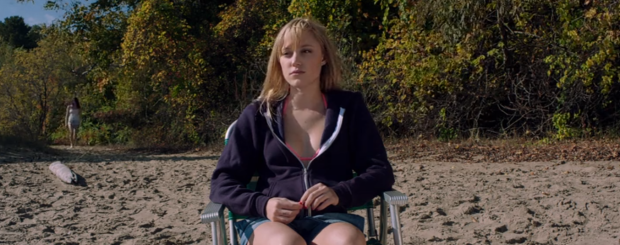
We thought that as the film progressed the director David Robert Mitchell lost his nerve a bit and it started moving into more conventional American Gothic territory. The final showdown, such as it is, takes place in a monumental building with thunder and lightning cracking off outside while a group of teens await the arrival of ‘it’. Prudently the ending leaves ample opening for an It Follows 2.
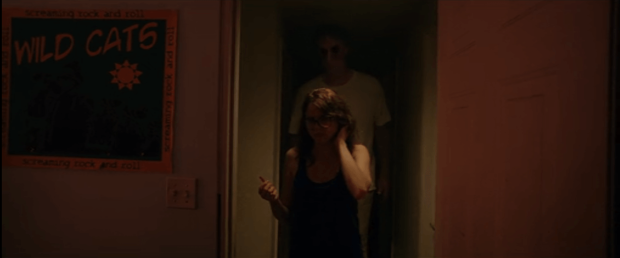
This was nevertheless a truly excellent film with an original idea and a great approach to storytelling. Unfortunately it diluted itself towards the end and the originality dwindled a bit. However It Follows is intelligent, non-gory scariness that packs a definite punch proving the genre is certainly not dead. The puritanical, traditional horror film view of teenage sex as a conduit to somewhere evil and threatening still stands though. Don’t enjoy yourself kids, it’s really not good for you.

 1632
1632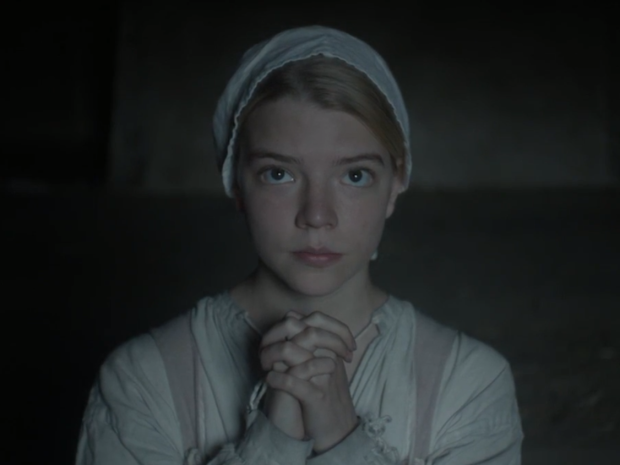







 Threads of transformation and subterfuge trickle through the sunlit trees and shuttered houses like blood. There is the air of immortality and a whiff of the undead. Nosferatu and the vampire mythos permeate the pavements. Characters begin in one place and then appear in another seemingly impossible location at will, perhaps at the top of a glistening fountain or on a tiny ledge halfway up a sheer wall.
Threads of transformation and subterfuge trickle through the sunlit trees and shuttered houses like blood. There is the air of immortality and a whiff of the undead. Nosferatu and the vampire mythos permeate the pavements. Characters begin in one place and then appear in another seemingly impossible location at will, perhaps at the top of a glistening fountain or on a tiny ledge halfway up a sheer wall.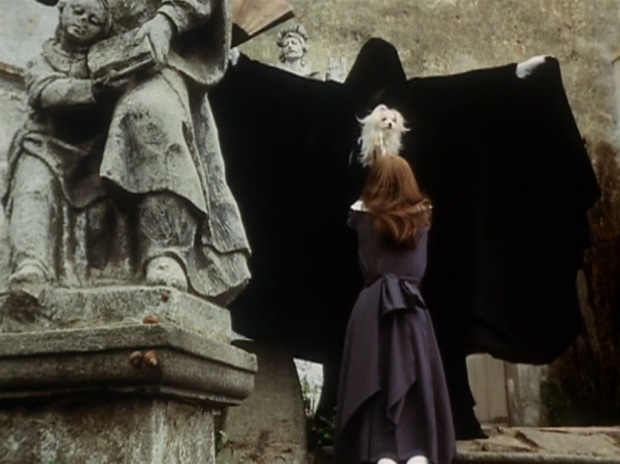



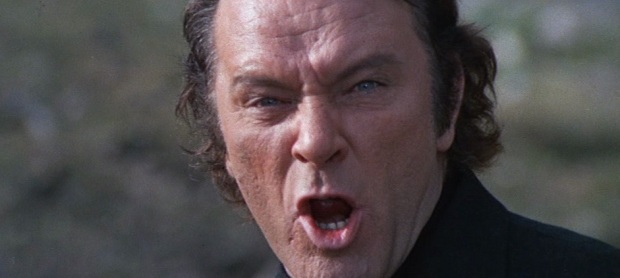

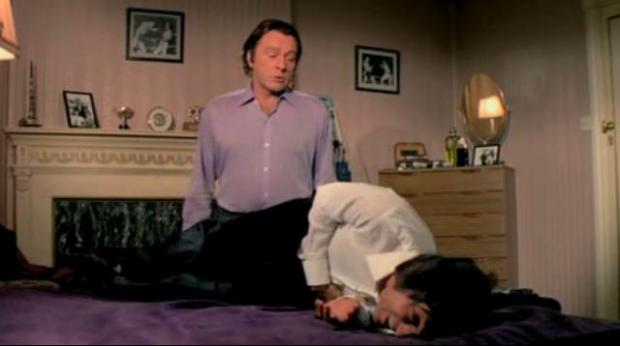

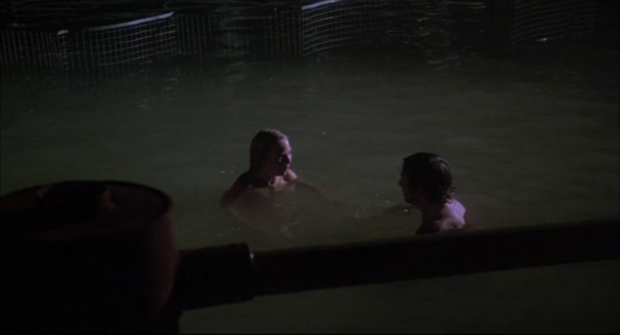




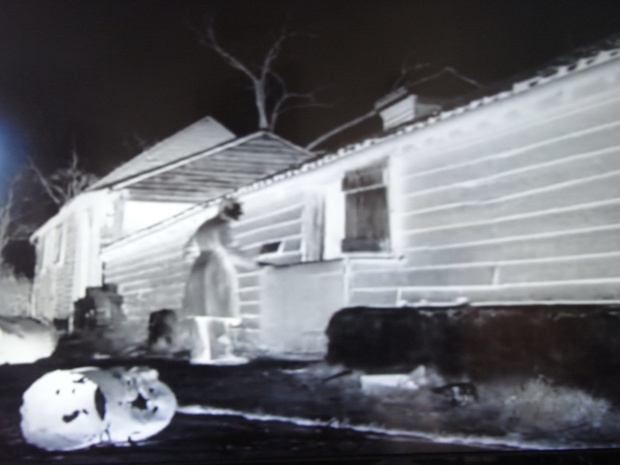

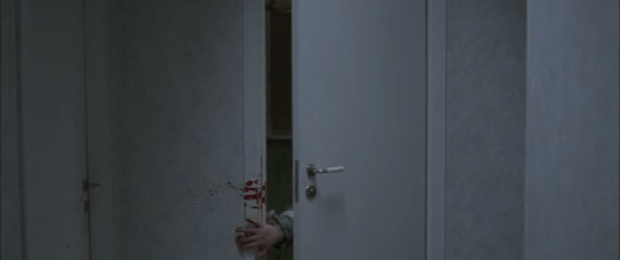






 It’s easy to see parallels with zombie films in this, as the followers are always slow moving, they never travel faster than walking pace, and it seems bullets can only momentarily slow them down. However the underlying principle of the curse itself, the set of rules governing it and the relentlessness of the apparitions, has definite echoes of modern Asian horrors (The Ring, The Grudge, Dark Water etc.).
It’s easy to see parallels with zombie films in this, as the followers are always slow moving, they never travel faster than walking pace, and it seems bullets can only momentarily slow them down. However the underlying principle of the curse itself, the set of rules governing it and the relentlessness of the apparitions, has definite echoes of modern Asian horrors (The Ring, The Grudge, Dark Water etc.).

